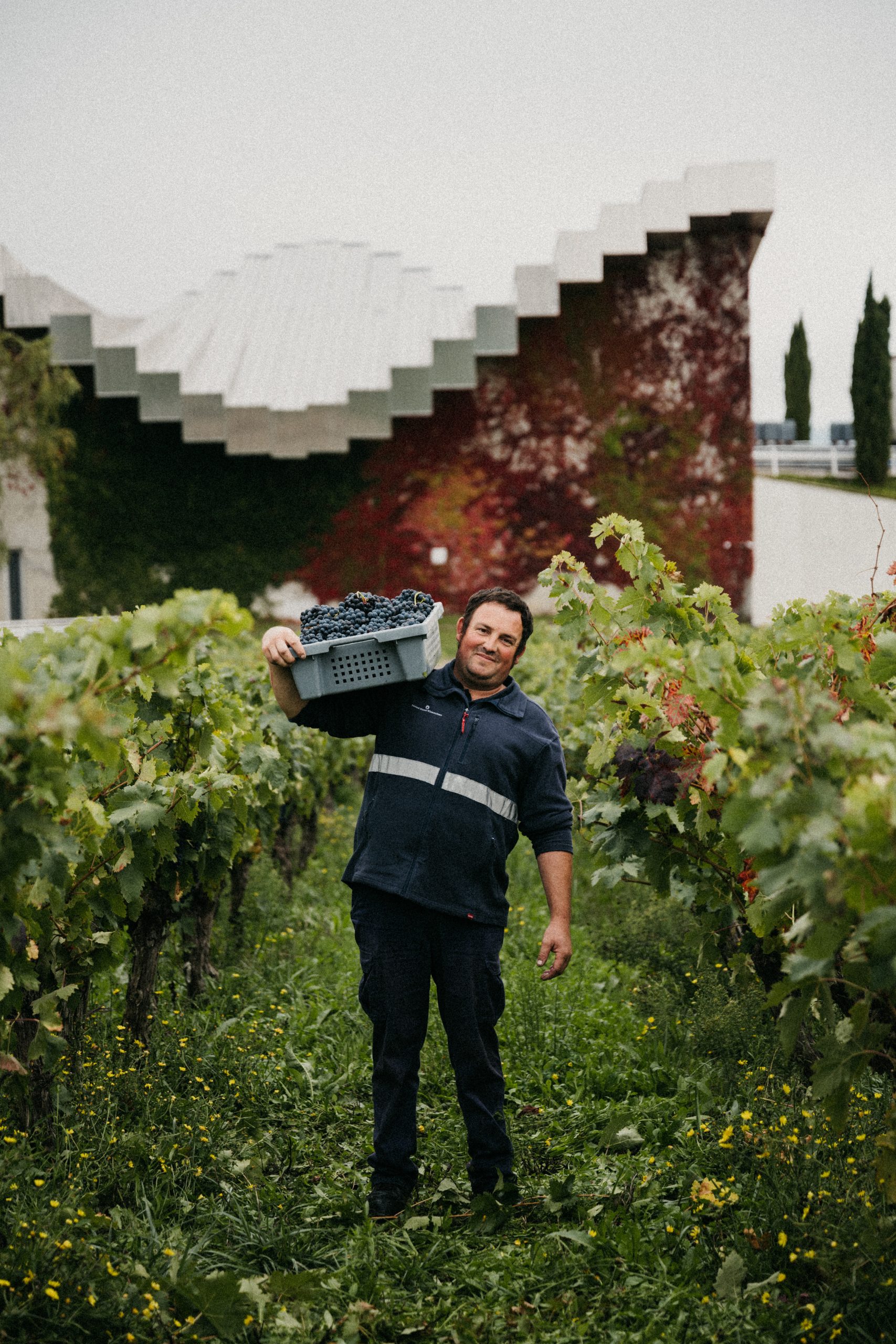US wine businesses must not ‘go back to old ways’, Silicon Valley bank says
Wine sales in the United States shot up more than 10% during the first eight weeks of the Covid-19 pandemic.
But restaurant and winery tasting room closings, along with consumer lockdowns during that period, have drastically shifted the industry’s sales and distribution channels, perhaps permanently, according to participants in a May 21 online seminar hosted by Silicon Valley Bank’s Wine Division.
“The industry is growing at a better rate than it was at the end of 2019,” said Rob McMillan, SVP for the division. “Shipments are way up, and the volume is growing faster than the dollars.”
The biggest growth has been in direct-to-consumer (DTC) sales, McMillan said. According to SVP data, the average California winery lost 44% of its revenue stream because of mandatory closings of tasting rooms and the loss of restaurant sales through wholesale channels. As a result, the average winery sales and distribution channel mix has significantly shifted.
Phone and e-commerce sales had been only about 3% of a winery’s sales, but now the two represent 26% of sales. Wine club sales have grown from about 23% to 35% – a 12-point leap, mailing lists and subscriptions have stayed constant at 10%, while off-premise sales (wine shops and grocery stores) has grown slightly from 18% to 20%.
“It’s been a perfect storm for opportunities,” said Amy Hoopes, president of Wente Family Estates. Paul Leary, founder and principal of Assemblage Consulting Group, warned wineries that “the worst thing we can do is to go back to our old ways” once pandemic restrictions are lifted. Rather than concentrating on bringing customers back to tasting rooms, he reminded wineries, “You now have the opportunity to go directly into the customers’ dining rooms.” Leary also advised wineries to find ways to add value without discounting bottle prices during the crisis, including reduced or free shipping and instituting volume discounts.
Partner Content
According to Nielsen representatives at the meeting, their tracking shows that countrywide e-commerce sales are being driven by an influx of new customers trying online buying for the first time. This increase was caused in part, the panelists said, by stay-at-home Baby Boomers finally deciding to get back into the buying market. During March and April, DTC shipments over prior year rose by more than 35% in volume and more than 15% in value.
Turning to bricks-and-mortar businesses, Nielsen reported spirits are leading off-premise retail growth, with wine closely behind and beer sales trailing. During the weeks of the Covid-19 pandemic versus year ago to date, spirits sales were up 35.6% in volume and 27.7% in value, wine was up 30.7% in volume and 27.7% in value and beer was up 21.2% and 17%.
Even before the pandemic closed tasting rooms, California was already in a wine crisis caused by over-production and a slump in sales growth. Jeff Bitter, president of Allied Grape Growers, reported that grape-bearing acreage had recently been approaching 600,000 acres, but that total was predicted to fall by 2022 back to within the 540,000 – 580,000 acres range considered to be ideal, as vineyards are removed from production.
Finally, Hoopes urged wineries to have someone dedicated to analyzing sales data with an eye toward cultivating closer direct communications with customers in the future.




